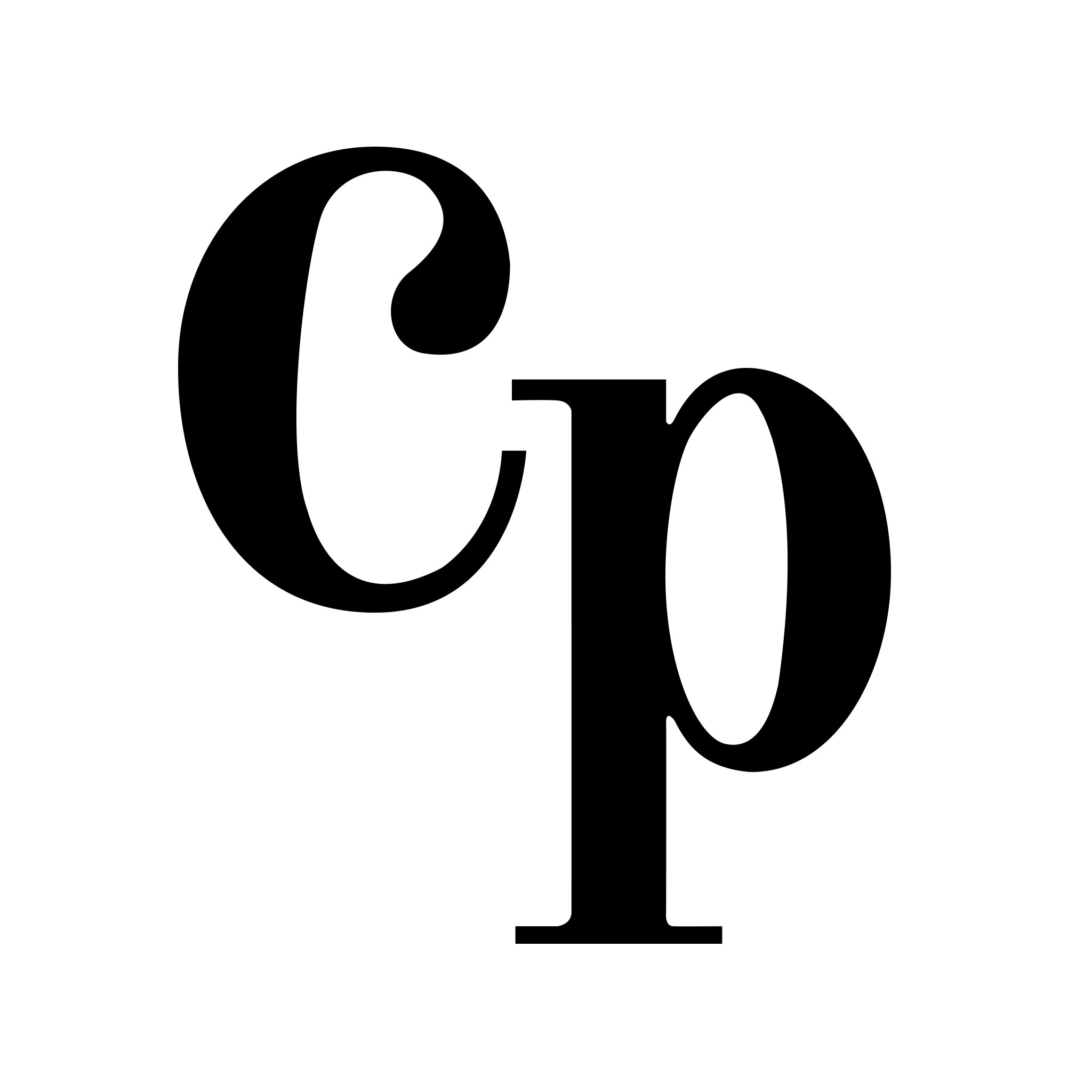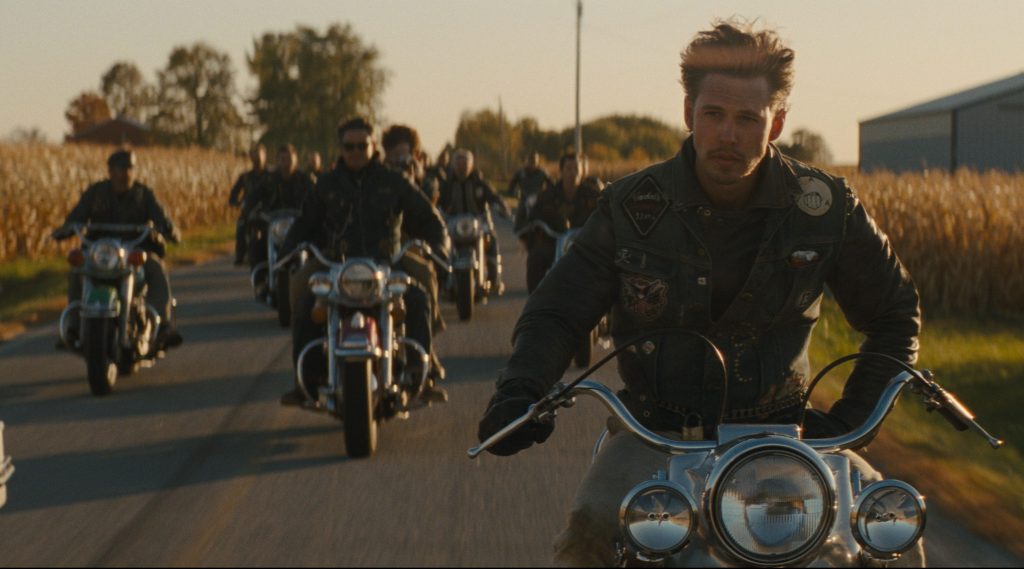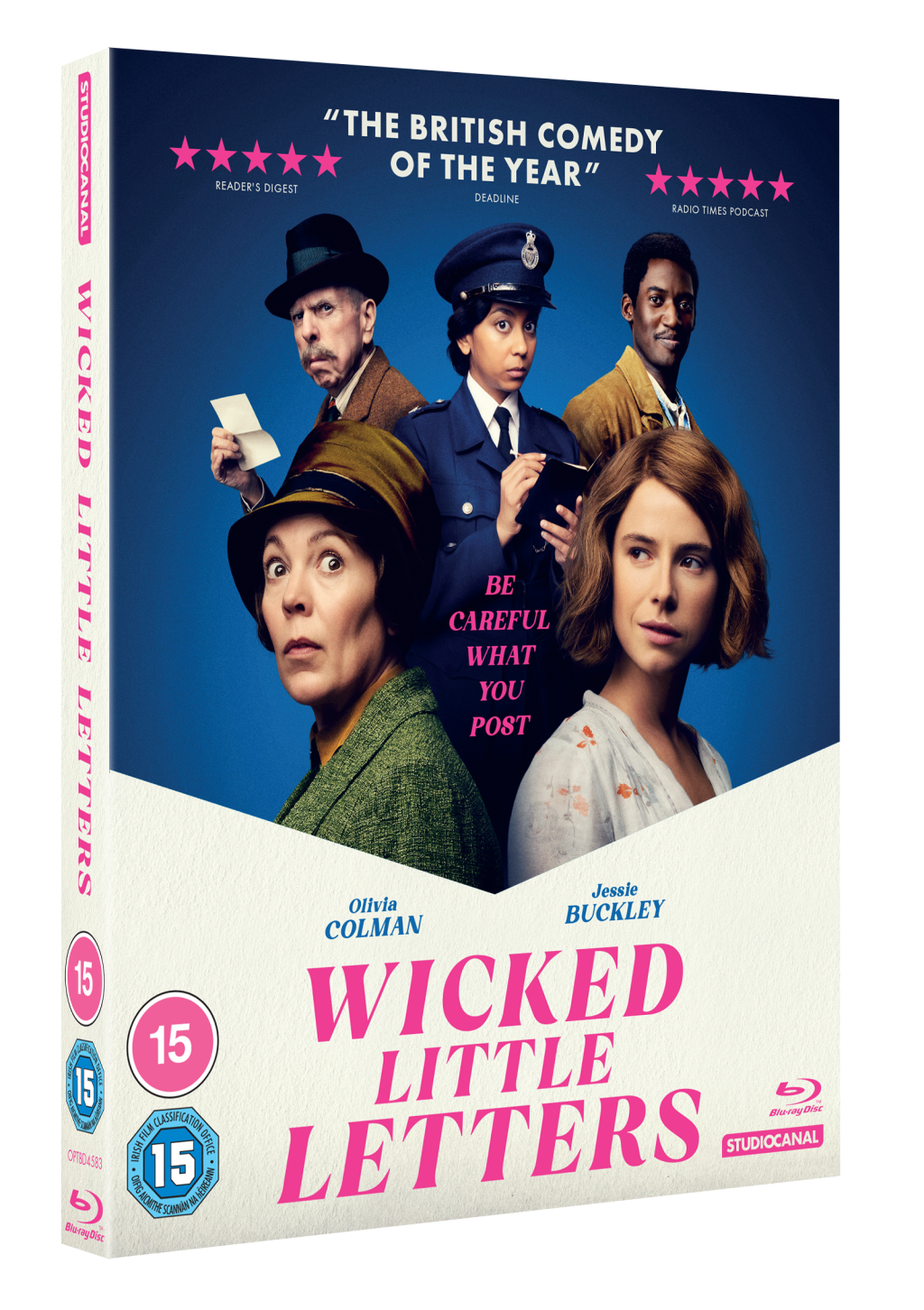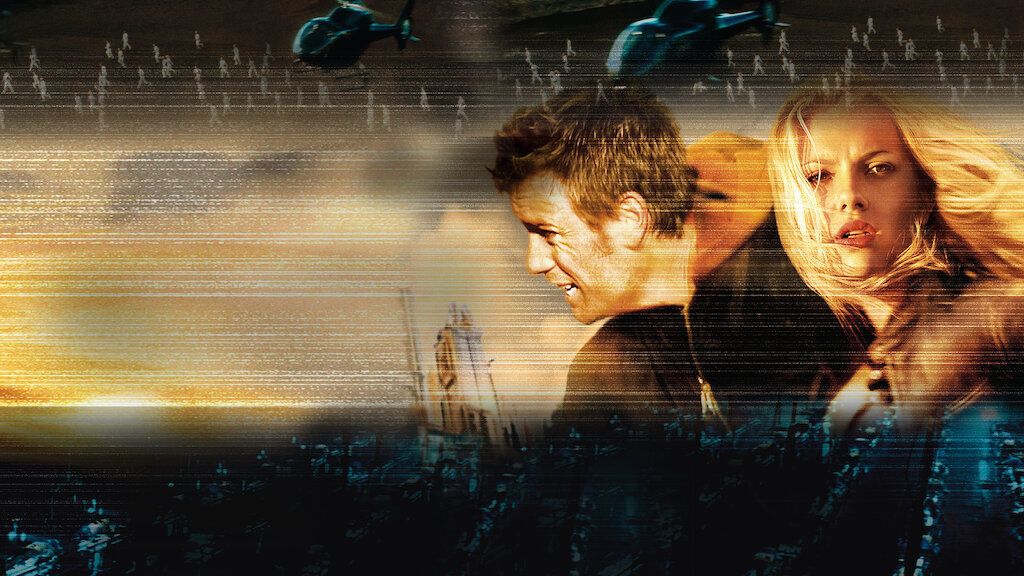This was my first journey into the Martin Scorsese’s After Hours from 1985, and it wasn’t what I expected it to be. Refreshingly strange and surprising, with a street level knowledge and authenticity of New York City that the director knows so well in full flow, with all its quirks and odd edges – and it’s fascinating.
The setup is simple, yet what consequentially happens is quite mad, with more than a sense of a one-location-play vibe, because Paul Hackett (Griffin Dunne) just can’t get home. Establishing us in his life from the off, Paul has another boring day at work as a data-entry worker, and I absolutely feel his pain. After his day ends, he has a chance-encounter with Rosanna Arquette’s Marcy in a local coffee shop, when they connect over the book he’s reading, which is Henry Miller’s Tropic of Cancer, an autobiographic novel known for candid sexuality and social controversies – something the film will come to mirror as Paul delves further into the night.

During Marcy and Paul’s happenstance, she tells Paul she’s currently living with artist named Kiki (Linda Fiorentino), who makes plaster-paperweights that look like cream-cheese bagels, and that he should check them out, and give her a call – and he feigns interest like anyone would, when you feel something interesting in the air. Although it’s an odd suggestion, you sense Paul’s excitement as it’s clear he certainly needs some randomness in his life, and as soon as possible.
As with so much of Scorsese’s work, the opening shot of the film pulls us deep into Hackett’s life as he tries to teach a new colleague how to use a computer. Instead of focusing, he drifts off and daydreams within the monotony of the office job, all to the tune of Johann Sebastian Bach’s ‘Air Ouverture No. 3 in D’ – which is excellently fitting (as is the perfect use of Mozart’s Symphony, no. 45, D major, K.95, mvt. 1: Allegro in the latter stages – with both compositions part of the restoration within the uncompressed monaural soundtrack).

What comes next is Paul’s descent into the night, and in some ways he’s on the flipside of Michael Douglas’ William Foster in Falling Down, this time he’s not pushed to his edge of reality, but Hackett decides that whatever has happened to this point just wasn’t worth it and a change would do him good. Upon arriving at Marcy’s place downtown, she’s not there but her housemate Kiki is and she’s clearly a free-spirited artist but upfront and strong-minded – something that Paul isn’t completely comfortable with but still happy to be there. After an odd encounter with massage, helping with a papier-mâché sculpture and her falling asleep, Marcy comes up and they hook up again elsewhere.
After Hours really is a series of moments, a weaving odyssey that over time will put him in some deep water but this film is never too hostile or uneasy in that regard, it’s a curious beast with a bizarre heart but you’re hooked throughout. The film gave Scorsese a chance to revisit how he started out in the film business with a human-centred story and he revels in the minimalism.

While no-one here is off their right mind, in a ‘normal’ sense, I was all for it. While we initially have these slower situations, as the narrative gets more complicated – and more people are involved – events speed up and get more frenzied. There’s even a slight underlying Wizard of Oz story lingering, especially with the desire of Paul to get home, let alone the mysterious clubs, crazy characters, stories and the need to find some courage (or direction) along the way.
Griffin Dunne is excellent throughout, you see hints of David Tennant and Dustin Hoffman within his performance. And the ensemble cast including Fiorentino, Arquette also adds Catherine O’Hara and John Heard to the roster, and they’re undeniably in on the peculiar, completely committed to their strange situation… and look out for the spotlight Scorsese cameo.
Are we stuck in a loop? Is there something else at play? How did Club Berlin come to be? Why do I want a Mr Softie now? Is Catherine O’Hara a legend? (Yes) Does any of it matter? I don’t know but After Hours celebrates the circle of life and all the insanity that goes with it, in essence it’s you walking into a strange room and everyone going silent, you’re not supposed to be there but you are. If you’re new to the film as I was, I won’t spoilt the conclusion but I definitely felt it’s a journey worth taking… how’s it going to end?
The 4K digital restoration also looks superb, approved by none other than Schoonmaker herself, those dark NYC streets full of bedroom lights, angry mobs, lonely hearts in bars, and the unknown paint a picture every time. And it’s a journey you’d love to be a part of.
Special Features
The Special Features here are ones to lap up. There’s an excellent all-new 2023 conversation between Fran Lebowitz and Martin Scorsese, around 20 minutes, and you’ve enjoy being in the room for that discussion. They talk about everything from then to now, and Scorsese discusses his love for the dark humour of Joseph Minion’s screenplay, their location for filming and how deserted it was, with just a few main characters and the basics to play with.
They also discuss the initial collapse of the filming of The Last Temptation of Christ and it’s unbelievable to think that Marty was very nearly in a situation where he wouldn’t get the chance to make more films, and so After Hours was that opportunity to go back to the start and he welcomed it. As well as mentioning how much the Brits ‘understood’ The King of Comedy, he also identified with the lead character, Paul, as he was stuck in this situation and the filmmaker felt he was trapped as well.
There’s an entertaining scene in the movie with a fast-driving Taxi driver, and they mention how the NYC Cab drivers were exactly like this in the mid-80s, plus how everything that Hackett touches becomes dangerous in various forms and that’s either to himself or a connected character. For me, it’s the classic “I’m not even supposed to be here!” setup.



Other special features discuss Scorsese’s work with producer Amy Robinson and iconic Editor Thelma Schoonmaker, how Dunne was nearly killed by a camera drop shot, and how After Hours was him filming for his life. Did you also know that originally this was due to be directed by Tim Burton but after hearing that Marty was interested and wanted to do it, he gracefully bowed out.
The DOP, Michael Ballhaus, (who worked with Rainer Werner Fassbinder) was another Scorsese regular, and they discuss how After Hours was filmed purely at night – and takes place over one evening – and they shot it over just 8 weeks. In essence, the fast filming schedule and quick plans were exactly what everyone wanted and it worked to a tee – and it’s funny to hear Dunne talk about him hearing Scorsese laughing in the background at some of the dark, chaotic scenes as well.
While I don’t think it’d have to be remade, there’s scope for a modern re-telling, as this it remains identifiable today – even with all the psychosis that takes place. There’s more than a sense of the need to escape in a world of endless drole remarks, social media hype and repetitive soundbites, so this film could be more fathomable than ever.

After Hours is out now on 4K UHD and Blu-ray* from The Criterion Collection, order here: https://amzn.to/45tzZxM
*I was provided with a Blu-ray copy for this review






![Dazed and Confused Blu-ray review: Dir. Richard Linklater [Criterion Collection]](https://criticalpopcorn.files.wordpress.com/2019/06/54d963fd05ec9b4b6fa718cbc6dcfa03.jpeg?w=1024)
![The Cat And The Canary Blu-ray review: Dir. Paul Leni [Masters Of Cinema]](https://criticalpopcorn.files.wordpress.com/2024/04/image-5.png?w=1024)





Post your thoughts